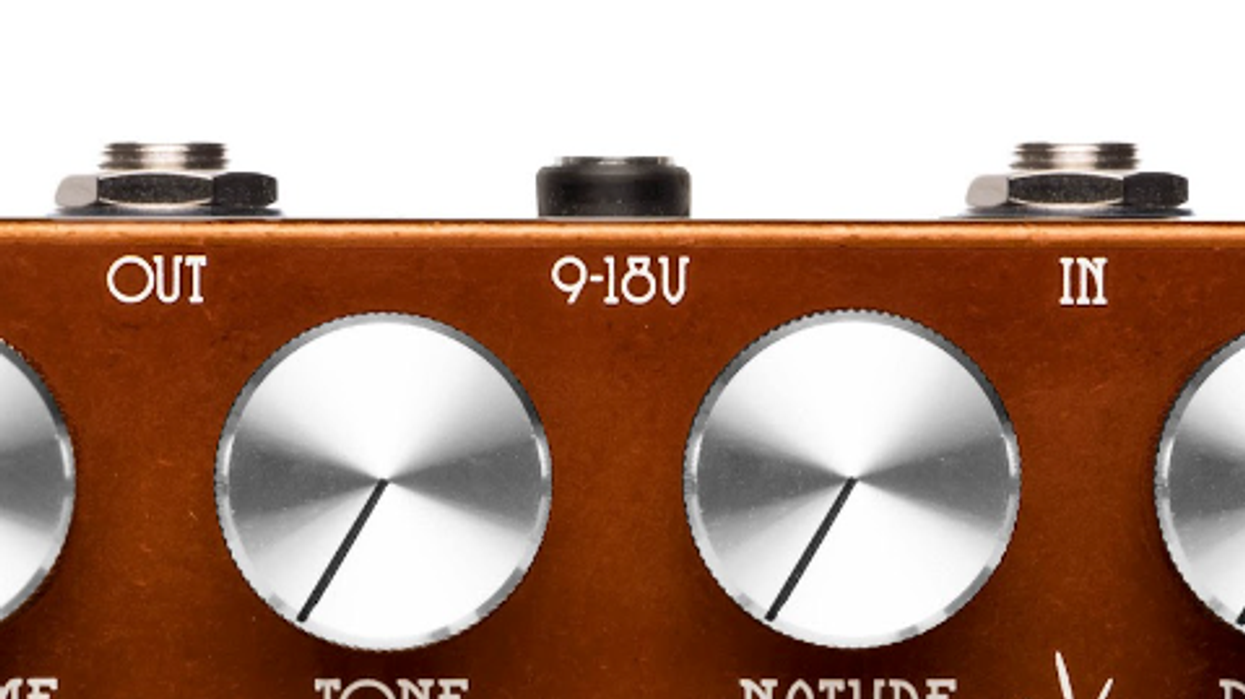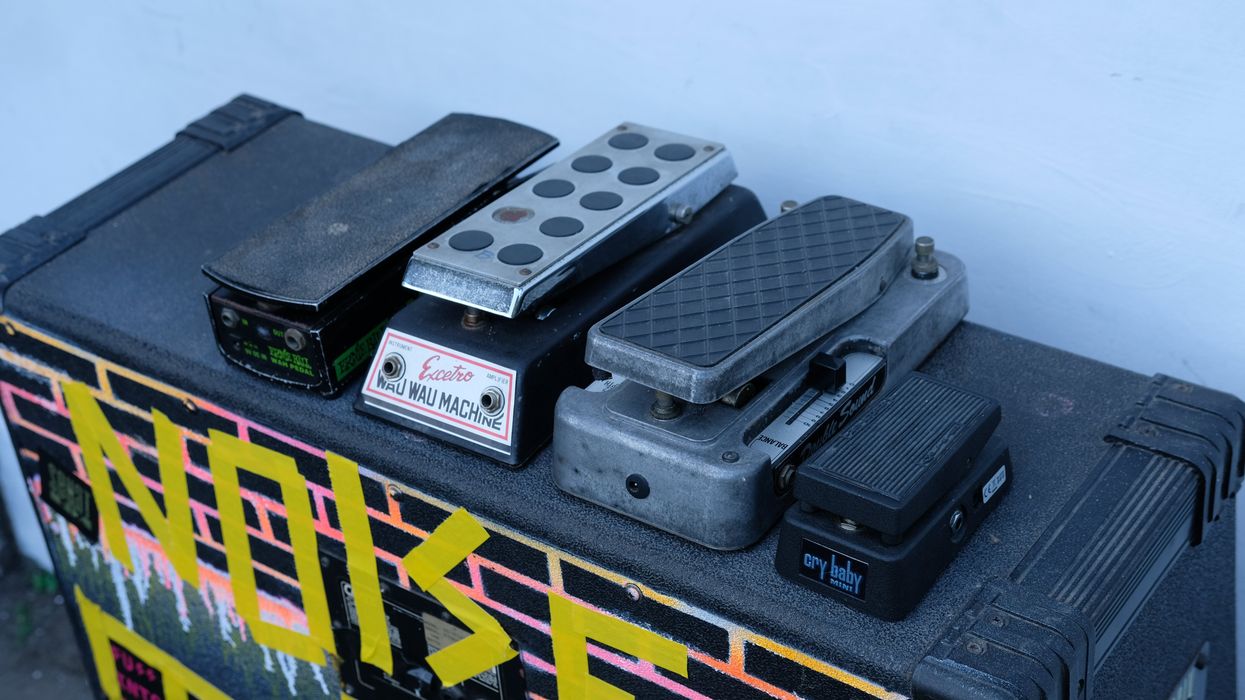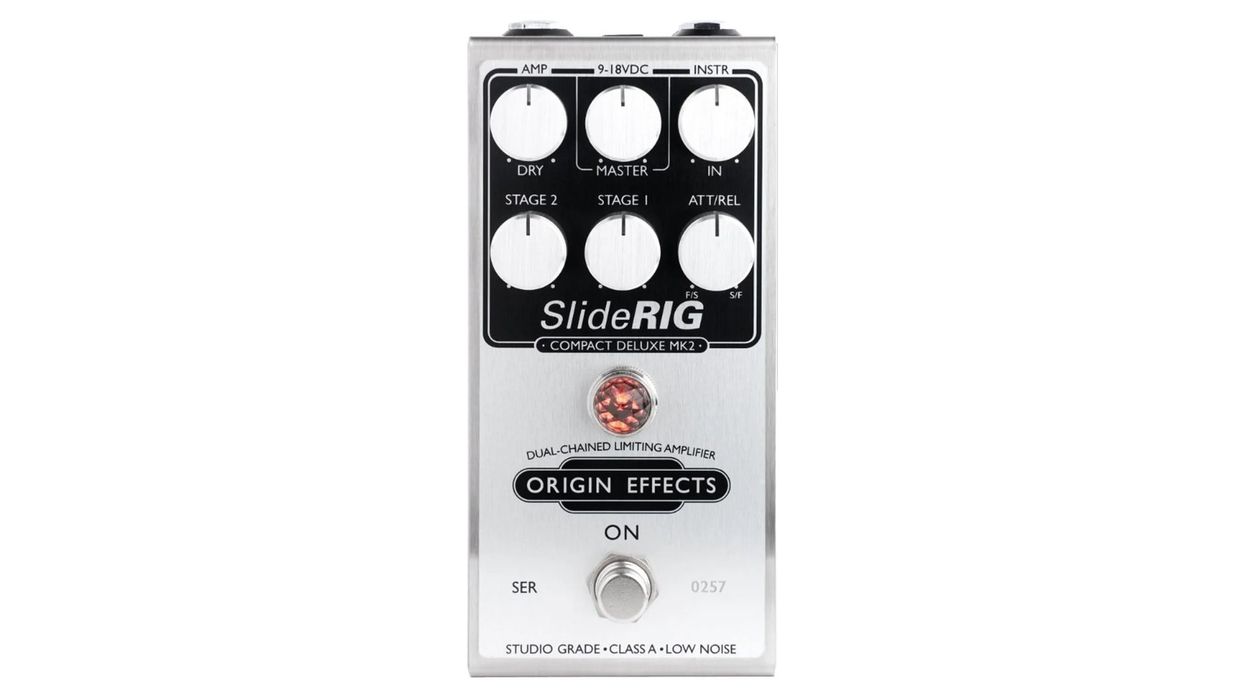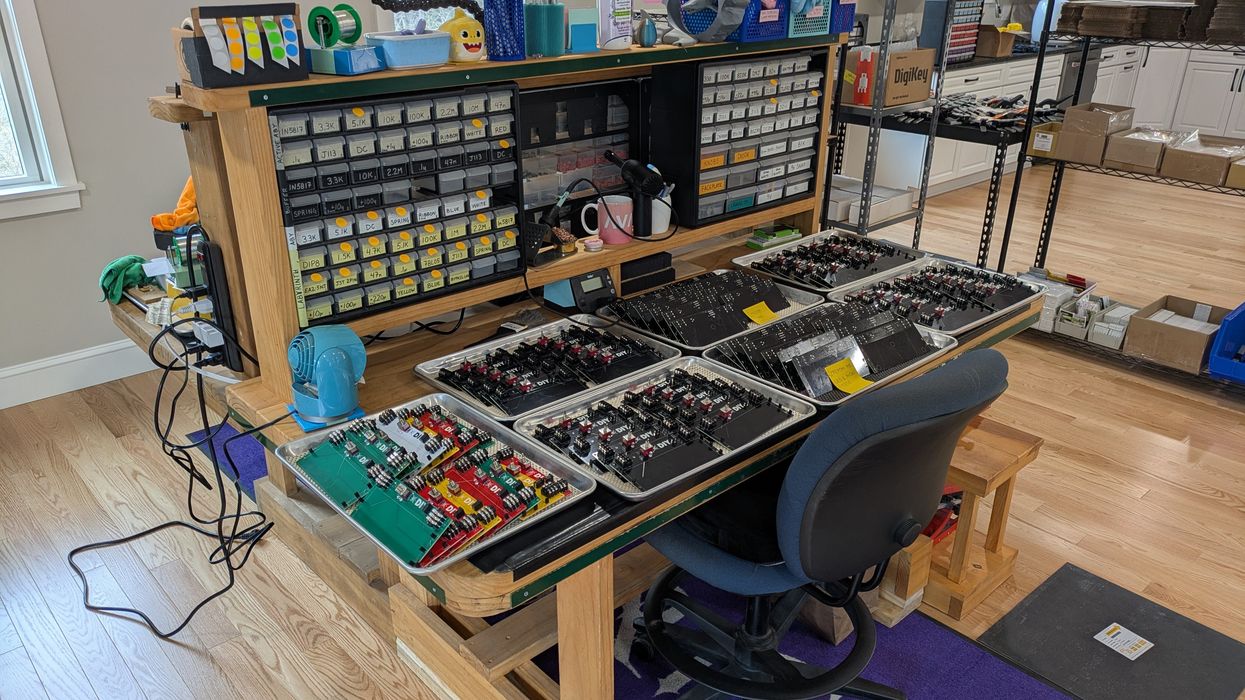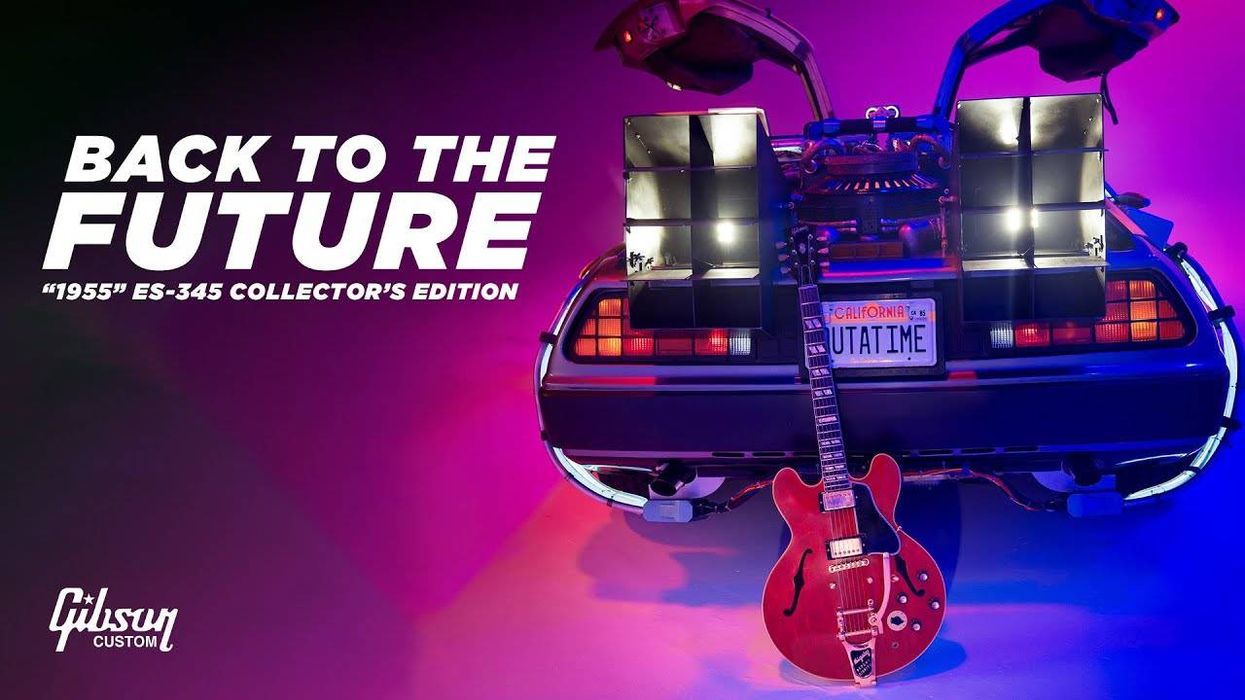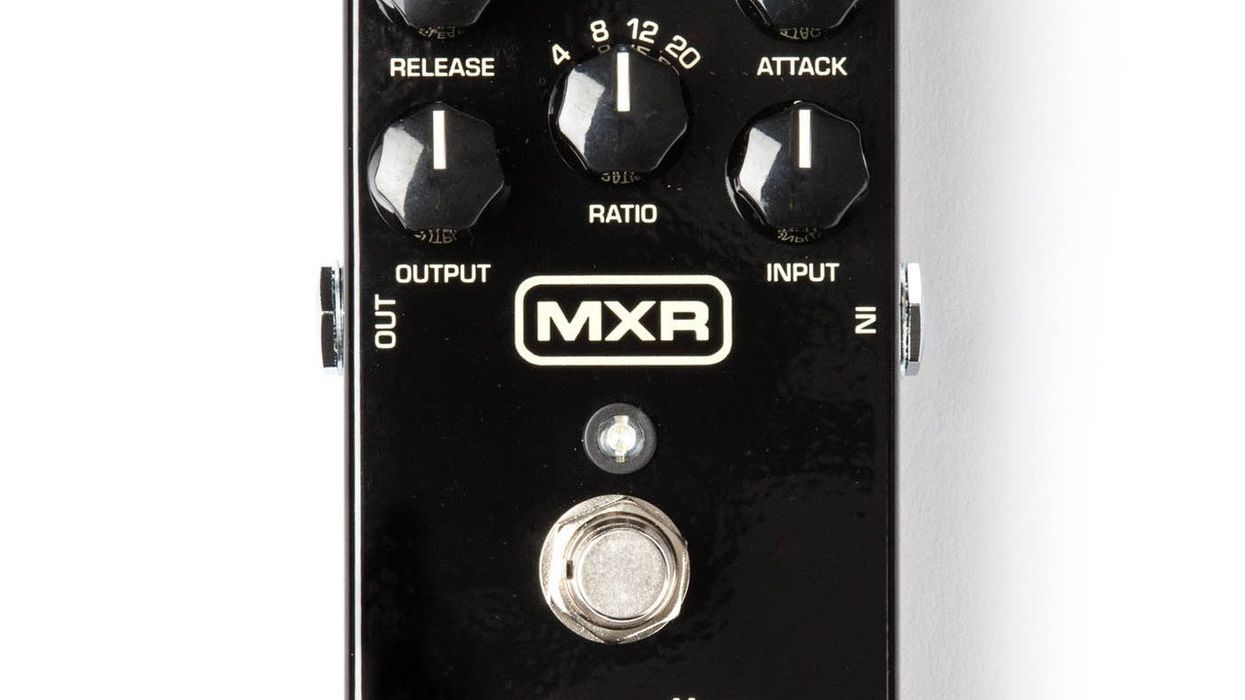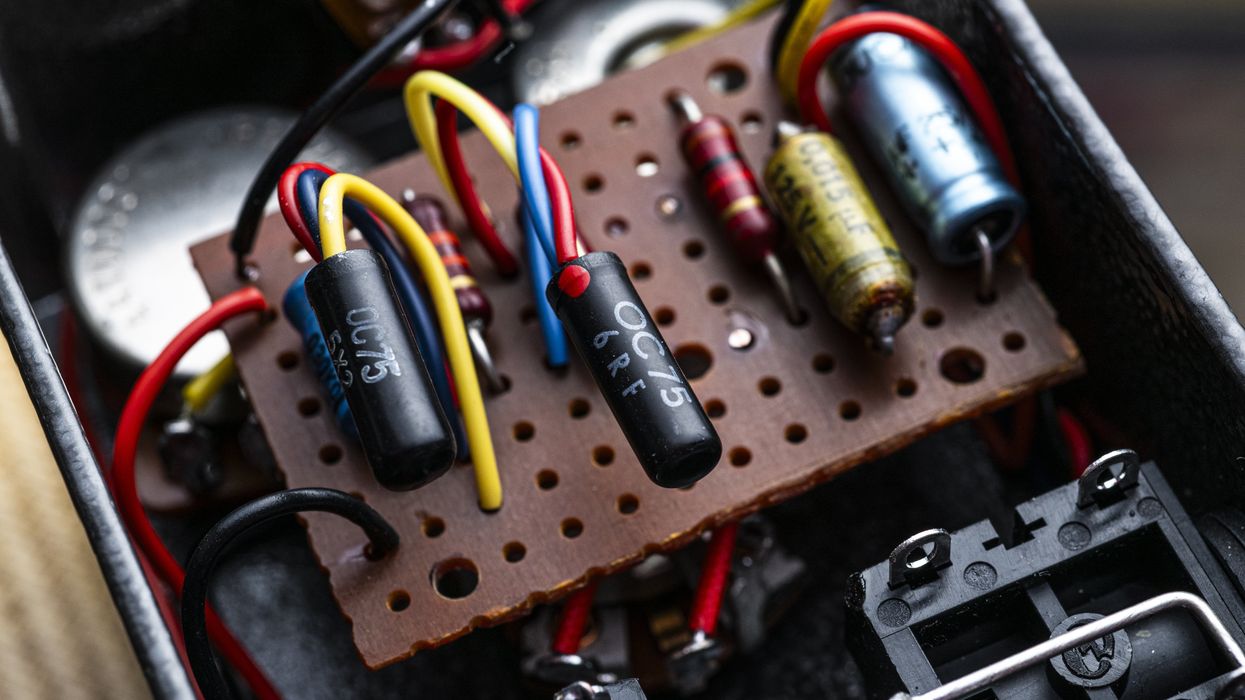Let’s talk a little bit about voltage as it pertains to pedals. We live in a 9-volt world, a place where that rectangular battery has been, and still kind of is, king. You know … the one that you can test the life of by touching the terminals to your tongue? You don’t? Yeah, me neither! That’s weird. So, whenever I’m not testing 9-volts with my tongue, I like to think about voltage and how it relates to powering these musical devices we’ve grown so fond of.
A stompbox is almost synonymous with 9 volts, to the point where you could grab a basic pedal with no graphics or writing near the power jack and probably be fine plugging in a center-negative 9-volt supply. Similarly, you likely would know that the input is on the right-hand side, and the output is on the left-hand side. It’s become convention—something we know instinctively.
We’re living in the golden era of effect pedals, which extends to power supplies.
Pedals that can run at higher voltage—most commonly 18 volts—are becoming more popular. Most often, this feature is found in modern gain pedals, which could be partially due to the fact that dirt pedals are the most manufactured type of pedal. I would reckon it’s also because the components in these circuits are prime candidates to receive this voltage. More so, higher voltage tends to have a strong and desirable effect on these boxes we’ve grown to know and love. When manufacturers and players talk about the effect of higher voltage on gain pedals, they’re talking about headroom. This can mean increased clarity and dynamics in an already sweet saturation device.
We’re living in the golden era of effect pedals, which extends to power supplies. I’m not talking about those wall warts you’d get from RadioShack that are probably now in a box or drawer somewhere in your house. I’m talking about voltage-switchable, power-ready, heavy-duty power supplies with multiple outputs that nest snugly under pedalboards.
With these modern power supplies (colloquially referred to as “bricks”) comes a variety of onboard features, such as a courtesy receptacle, the ability to string multiple units together for more power, and outputs that feature switchable voltage. It’s pretty common to find a power brick with one or more outputs that can be switched from its standard 9 volts to either 12 or 18 volts. Some power bricks will even have outputs that are only 18 volts. (Therein lies the catalyst of this article.)
I’ve been working on pedalboard setups for a while now for both CopperSound and for local musicians. In doing so, I’ve had the honor of working with the new Truetone power supplies—most notably the CS12. This has become one of my go-to bricks on the market. It’s a great size, with a lot of convenient, modern-day appointments. One feature, or downfall depending on how you look at it, is that the last two output jacks are unswitchable 18-volt-only spots. When I was setting up a demo board for CopperSound, this stubborn output jack posed no real issue—every gain pedal in our current lineup features 9- to 18-volt operation. So, when running power to the pedals, I would simply have one of our gain pedals occupy that 18-volt-only slot.
This flexible voltage feature is something that we’ve offered on our gain-based pedals since the beginning. It also keeps me wondering about gain pedals from other companies and why we haven’t seen it adopted more regularly. One factor may be the voltage ratings on some components when you get into SMD (surface mounted devices) territory. I also understand that some circuits simply can’t accept higher voltages, like the Klon Centaur or KTR. But a lot of ICs and transistors that are commonly used in boost pedals can accept voltages over 30 volts. My question to dirt pedal manufacturers is this: Where’s the 18-volt option!?
My own philosophy is to offer the option simply for convenience, even if the increased voltage makes absolutely zero demonstrable difference.
